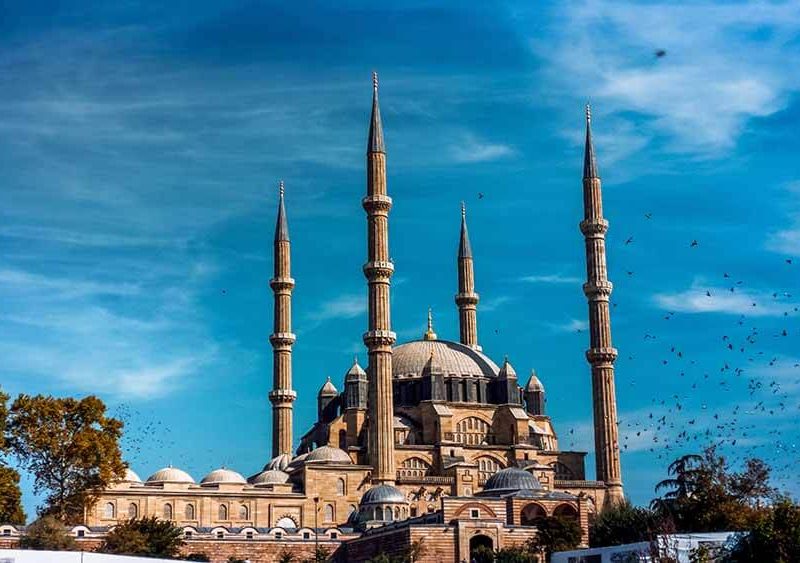When speaking of the most iconic symbols of Ottoman civilization, the mind instantly turns to imperial mosques, majestic plane trees, and historical fountains; especially those built under the patronage of the sultans. Over the centuries, additions like bridges, caravanserais, and baths enriched this legacy. Yet among them, one monument stands as a timeless masterpiece: the Selimiye Mosque in Edirne, built by Sinan the Architect, arguably one of the greatest architects in world history.
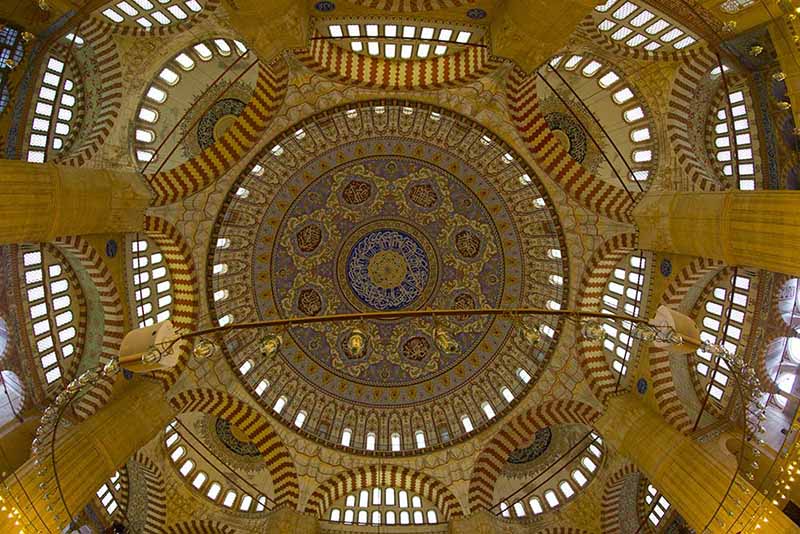
Selimiye Mosque dome
Edirne and the Symbol of Ottoman Grandeur
As you approach Edirne from Istanbul, the silhouette of the Selimiye Mosque emerges from the horizon, its dome and minarets commanding attention from afar. Sinan intentionally selected this location to ensure the mosque could be seen from nearly all city entrances. Edirne, once the capital of the Ottoman Empire before the conquest of Istanbul in 1453, holds a strategic and symbolic place in history. It was only fitting that Sultan Selim II would commission such an extraordinary mosque in this former capital.
According to various historical sources, Sinan was between 80 and 90 years old when he began designing the mosque in 1568. Despite his age, he referred to Selimiye as the “masterwork” of his career, surpassing even his own previous masterpieces.
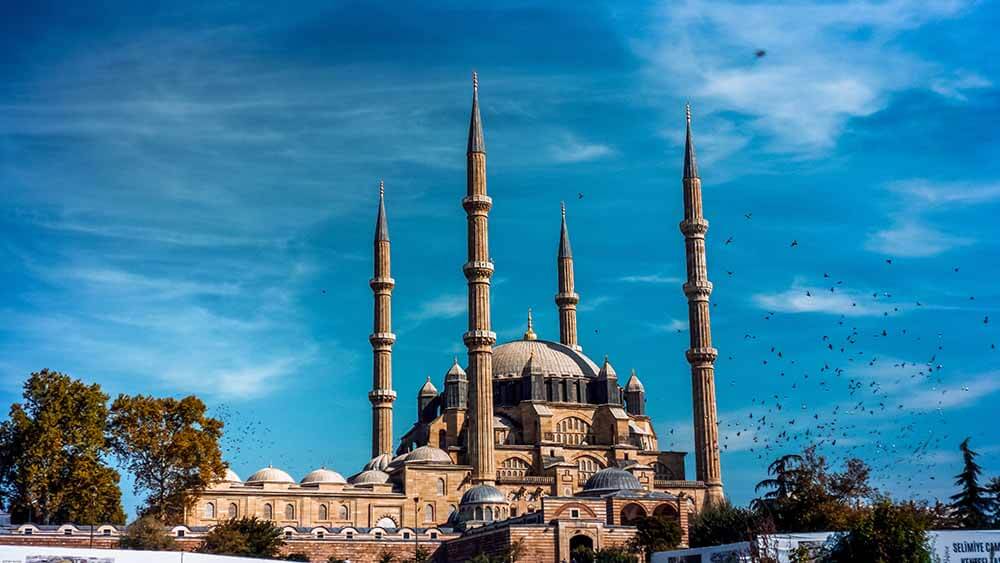
Selimiye Mosque
Surpassing Hagia Sophia: Dome Design and Mathematical Brilliance
For centuries, Hagia Sophia stood as the pinnacle of architectural achievement with its massive dome. However, Sinan dared to go further. He designed a larger and more harmonious dome for Selimiye using advanced mathematical principles, reportedly integrating a fifth operation into the traditional four basic mathematical operations. This allowed Sinan to eliminate the columns that would typically obstruct the interior space, resulting in a breathtakingly open and expansive prayer hall. This innovation intrigued historians, architects, and mathematicians for generations.
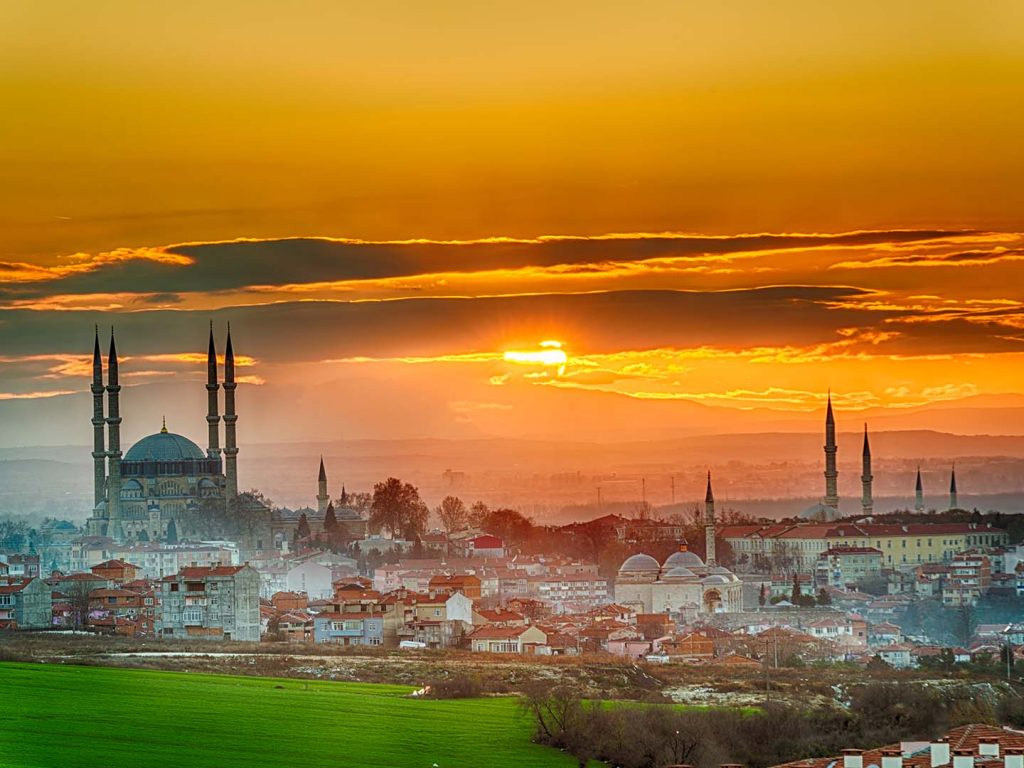
Selimiye Mosque on sunset
The Minarets of Selimiye Mosque: Graceful Yet Defiant Engineering Feats
The minarets of the Mosque are equally awe-inspiring. Measuring 70.89 meters in height, they are incredibly slender yet structurally sound; a feat many in Sinan’s time believed impossible. With three distinct staircases winding separately inside one of the minarets, three muezzins can ascend without encountering each other, a marvel of engineering and design ingenuity.
Concerns over the structural integrity of these slender minarets arose centuries later. When the foundations were opened to reinforce them with modern clamps, it was discovered that Sinan had already embedded iron clamps, astonishingly strong, even by today’s standards. This foresight ensured the minarets’ endurance for over four centuries.
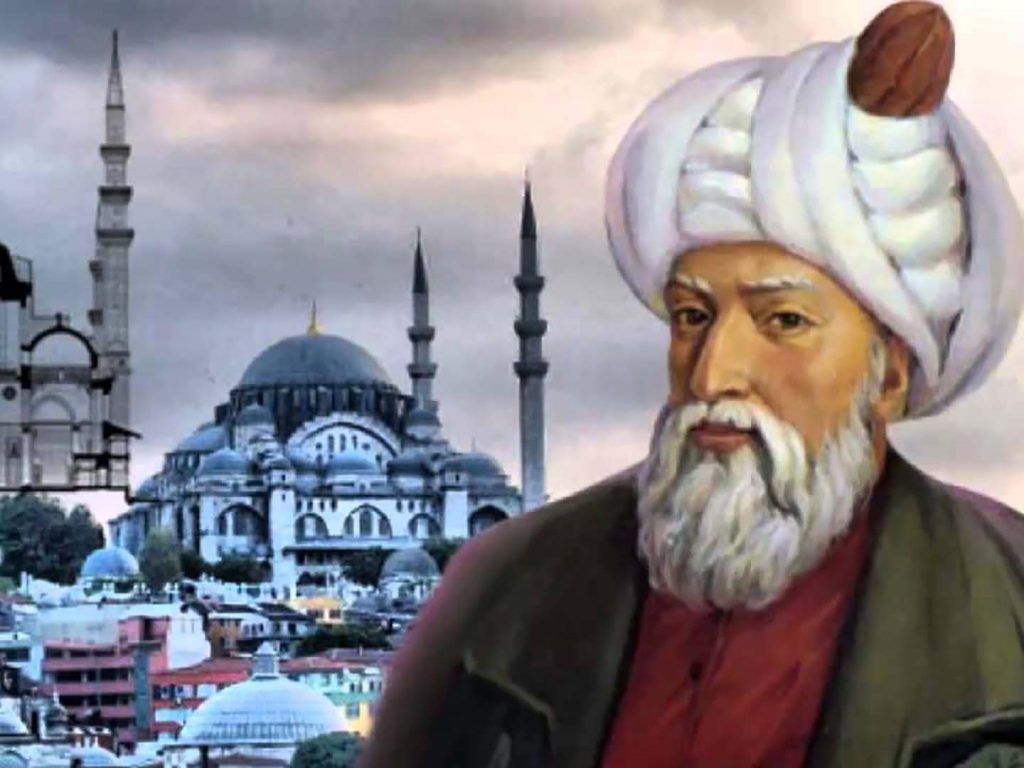
Sinan built the Selimiye Mosque
Interior Splendor: İznik Tiles, Inverted Tulips, and Ottoman Elegance
Built over eight years from 1568 to 1575, with the labor of over 15,000 workers, the interior of the Selimiye Mosque stands as a testament to Ottoman artistry. The mosque features some of the finest examples of İznik tiles, with floral motifs and calligraphy adorning its surfaces. Particularly striking is the Sultan’s gallery beneath the central dome, supported by twelve marble columns and elevated two meters above the floor.
A charming legend surrounds the inverted tulip motif located beneath the muezzin gallery. The mosque’s location was once a tulip garden, whose owner initially resisted selling the land. Sinan eventually persuaded him but immortalized the resistance with a humorous twist; placing the tulip motif upside down.
The interior also showcases exquisite calligraphy, wood carving, and mother-of-pearl inlay work, particularly around the pulpit (minber). Every decorative element reflects the highest craftsmanship of the Ottoman Empire.
Legacy Beyond Worship: Darülkurra and Cultural Significance
Adjacent to the mosque is the Darülkurra Medrese, now the Museum of Turkish and Islamic Arts, contributing to the cultural richness of the mosque’s surroundings. The Selimiye Mosque is not only a place of worship but a cultural, mathematical, and architectural treasure, drawing visitors, scholars, and worshippers from around the world.
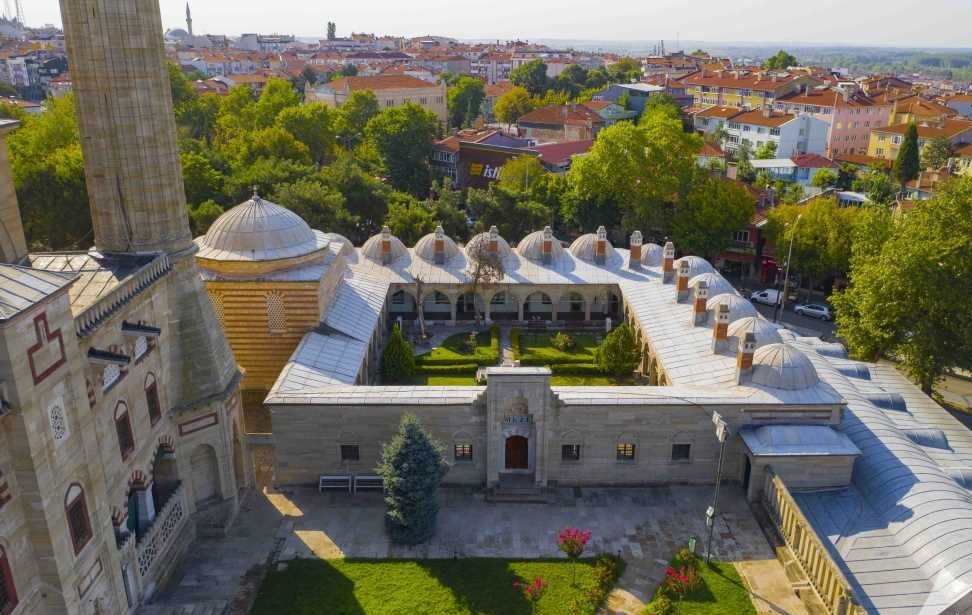
Darulkurra Madrasah
A Monument of Eternal Genius
The Selimiye Mosque is far more than a religious structure. As it is part of UNESCO World Heritage List ofTurkey, it is a living monument to human brilliance, to Sinan’s unmatched genius, and to the Ottoman Empire’s architectural legacy. From its commanding presence in Edirne to its mathematical precision and artistic elegance, Selimiye continues to inspire awe, curiosity, and admiration centuries after its completion.
Whether you’re an architecture enthusiast, a student of history, or a traveler looking to experience greatness, you’ll find all of that and more in the heart of Edirne, under the dome of the Selimiye Mosque.

